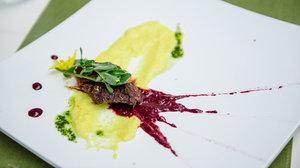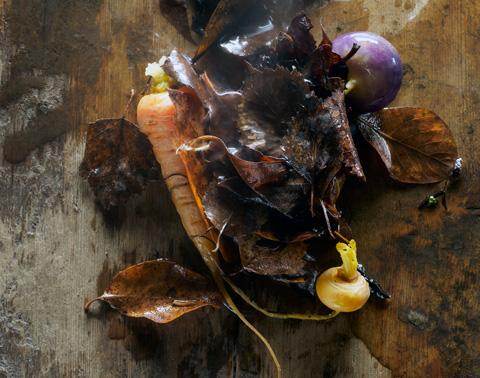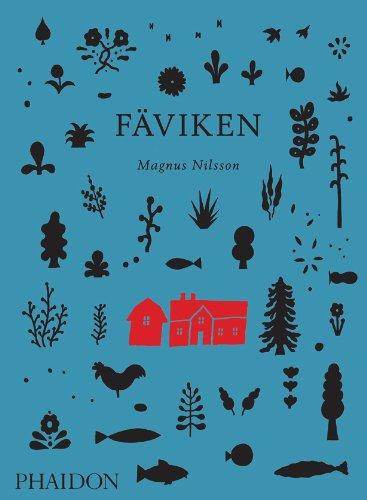

 2
2




Back in Minnesota, he continued to try to piece together a picture of the traditional diet of the local Dakota and Ojibwe tribes. He also spent a lot of time traveling across the state, adding more staples to his growing list, including bison, venison, rabbit, river and lake fish, trout, duck, quail, maple sugar, sage, sumac, plums, timpsula or wild turnip, wild rice, purslane, amaranth, maize and various wildflowers.

Another of Sherman's dishes — bison hanger steak with a corn and dandelion puree, chokecherries, purslane and squash blossoms.
QuickBooks set up and Bookkeeping for Small Businesses and Farms - jocelyncampbell.com










 3
3




Dale Hodgins wrote:He's cheating a little. Corn entered Sioux territory relatively recently. Dandelion is a Eurasian import that has been naturalized.
QuickBooks set up and Bookkeeping for Small Businesses and Farms - jocelyncampbell.com




 1
1




Scott H.
Check out my house project!




Living in Anjou , France,
For the many not for the few
http://www.permies.com/t/80/31583/projects/Permie-Pennies-France#330873




 2
2





 2
2
















QuickBooks set up and Bookkeeping for Small Businesses and Farms - jocelyncampbell.com






 5
5






QuickBooks set up and Bookkeeping for Small Businesses and Farms - jocelyncampbell.com
 1
1





|
What's gotten into you? Could it be this tiny ad?
The new kickstarter is now live!
https://www.kickstarter.com/projects/paulwheaton/garden-cards
|





